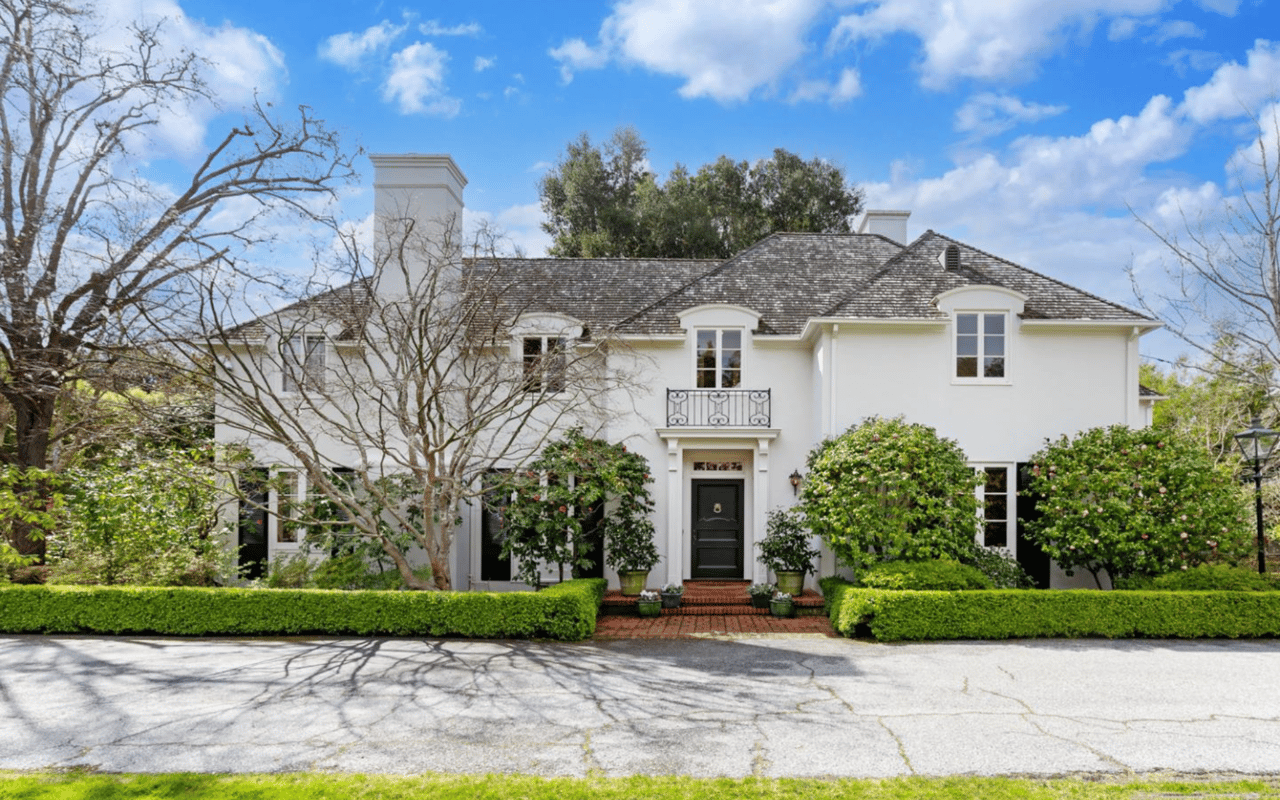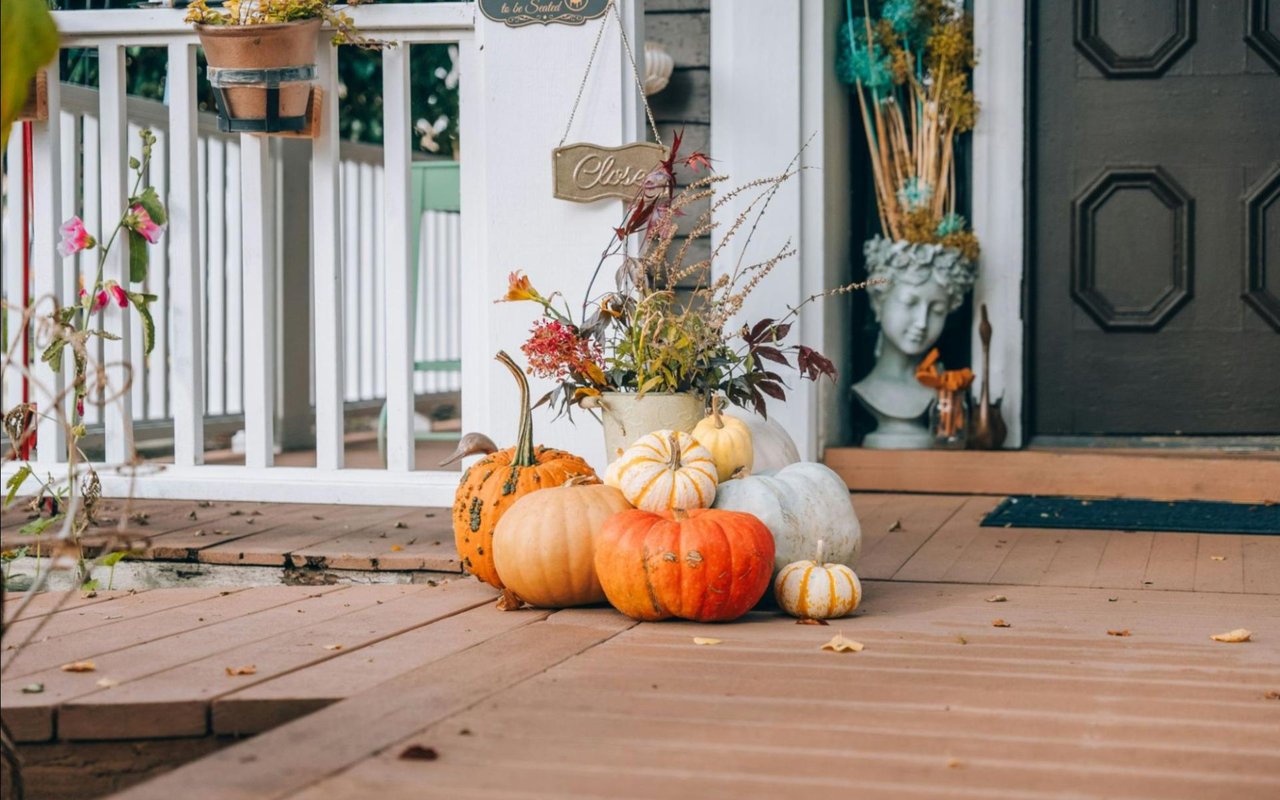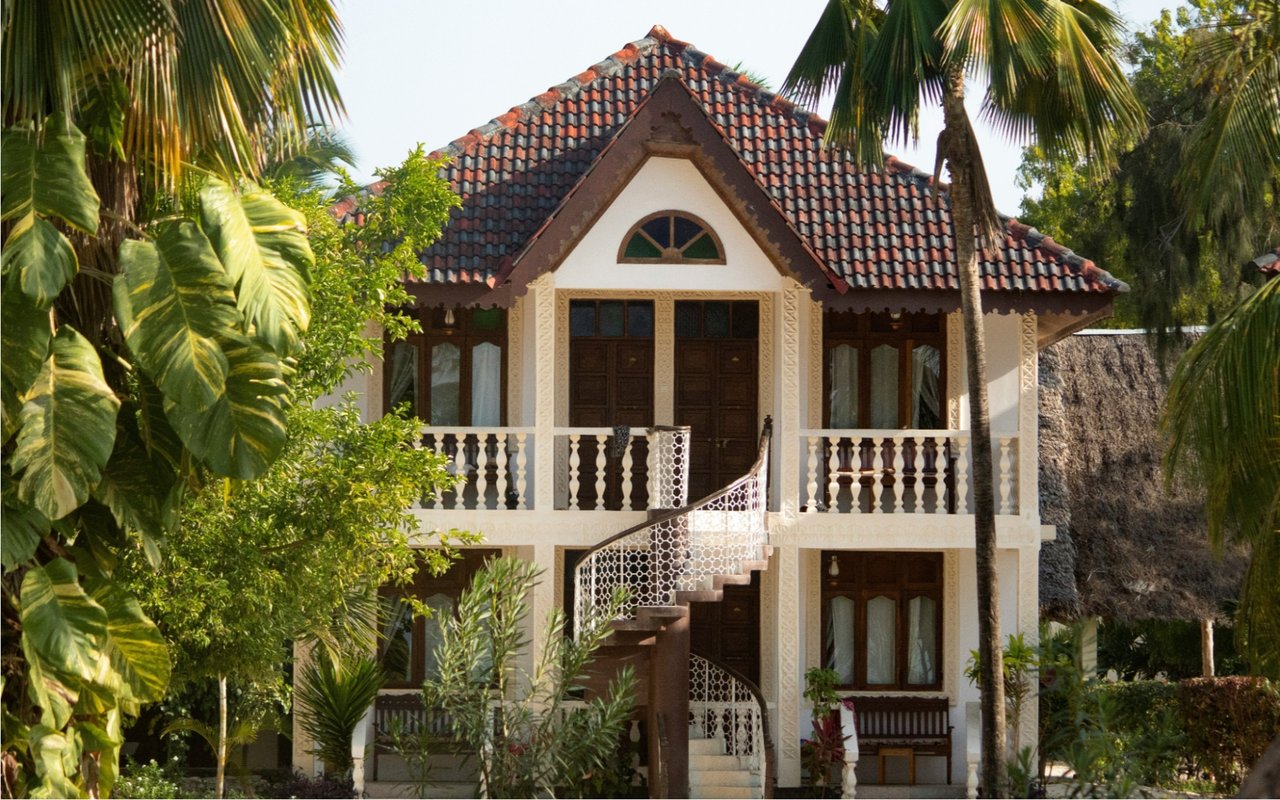Architecture is more than just the physical structure of a home; it’s an art form that reflects the lifestyle, culture, and preferences of its inhabitants. Whether you’re drawn to the clean lines of modern minimalism or the ornate details of historic craftsmanship, a home's architectural style can significantly influence its appeal and value. In this guide, we’ll explore some of the most popular architectural house styles that continue to captivate homeowners and designers alike, each offering its own unique charm and functionality.
1. Modern Farmhouse
The modern farmhouse style has surged in popularity over recent years, combining the warmth of rustic design with sleek, contemporary elements. This style is characterized by its open floor plans, neutral color palettes, and a mix of natural materials like wood and metal. Modern farmhouses often feature wide front porches, large windows, and exposed beams. The interiors are typically open and airy, focusing on natural light and seamless indoor-outdoor living. Shiplap walls, barn doors, and farmhouse sinks are common interior elements that add to the rustic charm.
The appeal of the modern farmhouse lies in its ability to offer a cozy, lived-in feel while maintaining a clean, contemporary aesthetic. This style suits both rural and suburban settings, making it versatile and widely appreciated.
2. Mid-Century Modern
Mid-century modern architecture, which gained prominence in the mid-20th century, remains a favorite among those who appreciate clean lines, open spaces, and a seamless connection with nature. This style emphasizes simplicity, functionality, and a focus on integrating the indoors with the outdoors. Mid-century modern homes often feature flat planes, large glass windows, and open floor plans. The use of natural materials such as wood, stone, and metal is prevalent, with an emphasis on minimalism and uncluttered spaces. Indoor spaces often flow effortlessly into outdoor areas, making nature a central design element.
The timeless appeal of mid-century modern design lies in its simplicity and focus on functionality. Its minimalist aesthetic and connection to nature make it a style that feels both classic and modern, appealing to those who value both form and function.
3. Mediterranean
Mediterranean-style homes evoke the charm and elegance of coastal regions, drawing inspiration from the architecture of Spain, Italy, and Greece. This style is known for its rich textures, earthy tones, and an emphasis on outdoor living. Stucco exteriors, red-tiled roofs, and arched doorways often characterize Mediterranean homes. The interiors typically feature hand-painted tiles, wrought-iron details, and exposed wooden beams. Courtyards, balconies, and large outdoor spaces are integral to the design, encouraging a lifestyle that embraces the outdoors.
The Mediterranean style’s enduring popularity can be attributed to its ability to create a sense of luxury and relaxation. Its focus on indoor-outdoor living and timeless elegance makes it a perfect choice for those who love to entertain or simply enjoy a resort-like atmosphere at home.
4. Craftsman
The Craftsman style, which originated in the early 20th century, celebrates handcrafted details and a connection to nature. This architectural style is known for its sturdy construction, attention to detail, and use of natural materials. Craftsman homes often feature low-pitched roofs, wide front porches supported by tapered columns, and exposed rafters. Inside, you’ll find built-in furniture, woodwork, and fireplaces emphasizing quality craftsmanship. The use of earth tones and natural materials like wood and stone reinforces the style’s connection to nature.
The appeal of the Craftsman style lies in its emphasis on quality and authenticity. Homeowners who appreciate fine craftsmanship and a warm, inviting atmosphere are drawn to this style. Its focus on natural materials and detailed woodwork creates a cozy, lived-in feel that’s both timeless and welcoming.
5. Contemporary
Contemporary architecture is all about embracing the present and looking towards the future. This style is characterized by its clean lines, minimalist approach, and innovative use of materials and technology. Contemporary homes often feature asymmetrical facades, large expanses of glass, and open floor plans. The emphasis is on simplicity and functionality, with a focus on creating spaces that are both practical and aesthetically pleasing. Materials like steel, concrete, and glass are often paired with natural elements like wood to soften the design.
The contemporary style appeals to those who value innovation and forward-thinking design. Its minimalist aesthetic and focus on open, airy spaces make it a popular choice for urban dwellers and anyone looking to create a modern, sophisticated living environment.
6. Colonial Revival
Colonial Revival architecture draws inspiration from the early American colonial period, blending
classic design elements with modern amenities. This style is known for its symmetry, elegance, and historical charm. Colonial Revival homes typically feature symmetrical facades, gabled roofs, and multi-pane windows. The interiors often include formal living and dining rooms, central staircases, and wood paneling. The use of brick, wood, and stone gives these homes a solid, traditional feel, while modern updates ensure comfort and convenience.
The Colonial Revival style’s enduring popularity can be attributed to its timeless appeal and ability to blend tradition with modern living. Homeowners who appreciate historical architecture but want the comforts of contemporary life are drawn to this style. Its classic design and focus on symmetry create a sense of order and elegance that never goes out of style.
7. Victorian
Victorian architecture, named after Queen Victoria, is known for its ornate details, vibrant colors, and eclectic designs. This style is often associated with the grandeur and opulence of the 19th century, offering a sense of historical charm and character. Victorian homes often feature steeply pitched roofs, decorative trim, and asymmetrical facades. The interiors are equally elaborate, with intricate woodwork, stained glass windows, and detailed moldings. Turrets, bay windows, and wraparound porches are common elements that add to the style’s unique appeal.
The Victorian style appeals to those who love history and appreciate the finer details of architecture. Its ornate design and historical significance make it a standout choice for homeowners who want a property with character and charm. The intricate craftsmanship and bold color schemes offer a sense of individuality and personality that’s hard to find in more modern styles.
Work with Scott Dancer to Find Your Dream Home
When exploring the diverse world of house styles, having a knowledgeable real estate expert by your side can make all the difference. Scott Dancer offers personalized guidance to buyers, sellers, and investors looking to enter the Woodside, CA, market and beyond, helping you find a home that matches your architectural preferences and lifestyle.
Whether you’re drawn to the sleek lines of contemporary design, the rustic charm of a Craftsman bungalow, or the historical elegance of a Victorian masterpiece, Scott Dancer has the expertise to help you navigate the real estate market and find the perfect property.
Contact Scott Dancer today to start your journey towards finding a home that reflects your unique taste and style.
*Header image courtesy of Scott Dancer










